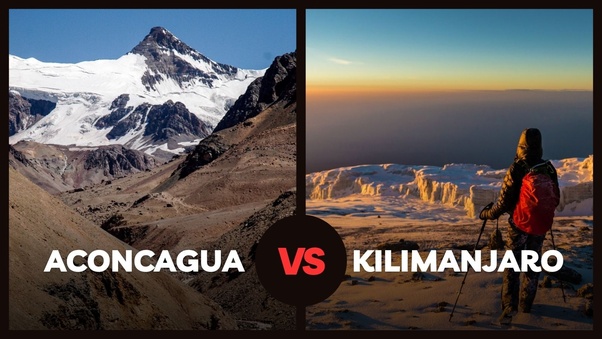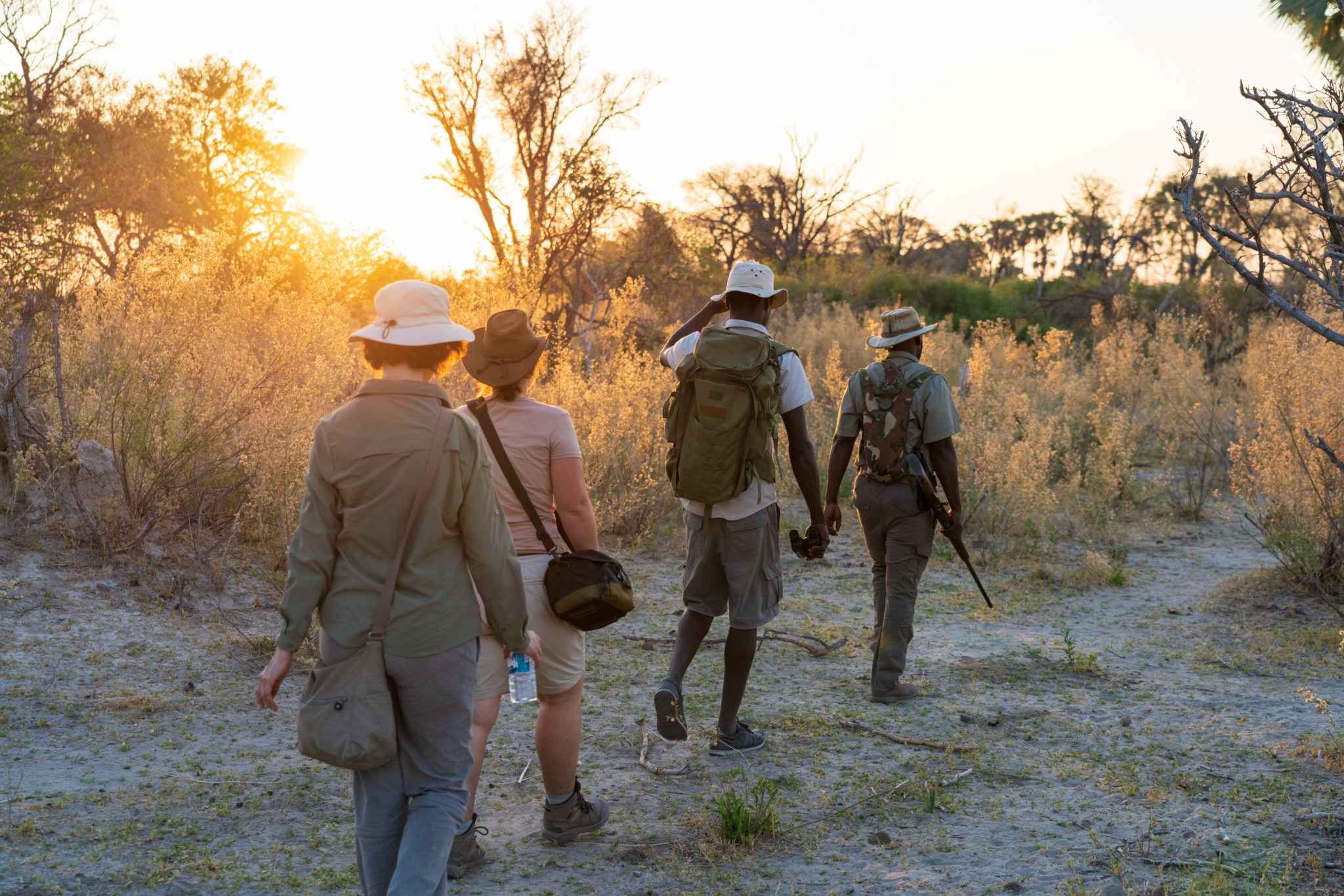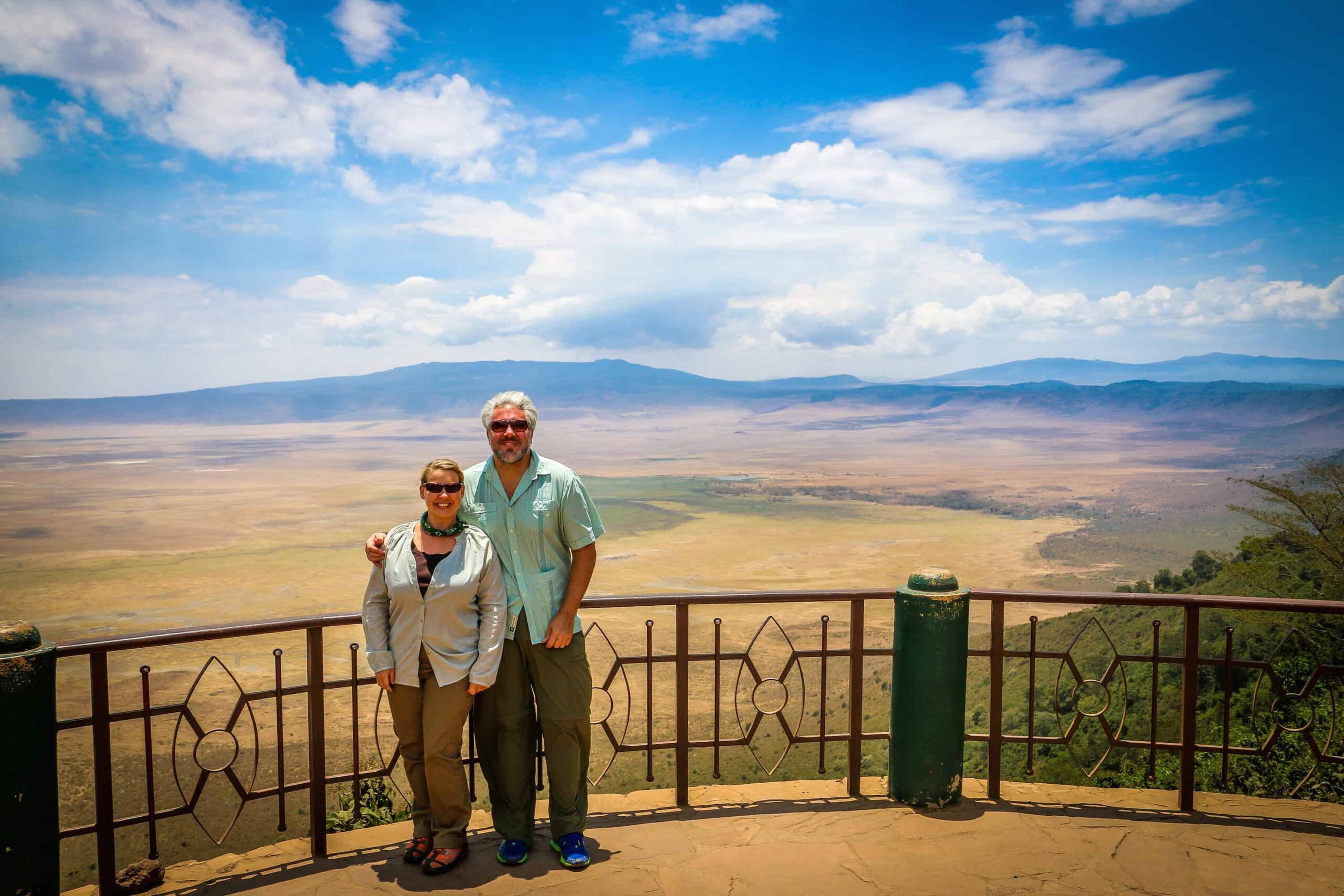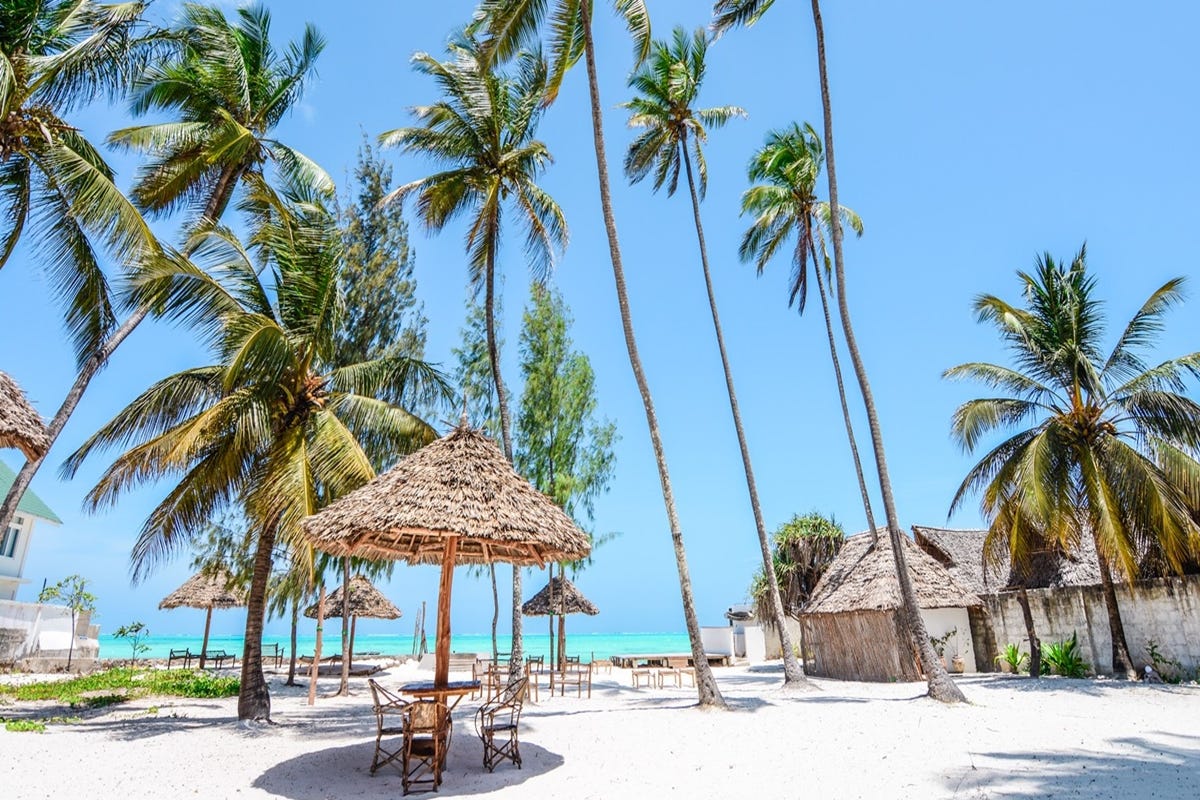Introduction
Embarking on a journey to conquer towering peaks is a feat that beckons adventurers worldwide. Kilimanjaro and Aconcagua, two majestic mountains, stand as testaments to the allure of high-altitude challenges. Before setting your sights on Aconcagua, South America’s highest peak, here are 10 compelling reasons why climbing Kilimanjaro should be your first step.

1. Physical Preparation
Ensuring your body is in peak condition is paramount when facing formidable mountains. Kilimanjaro demands a solid fitness foundation, but Aconcagua takes physical preparedness to another level. Engage in rigorous training, focusing on endurance, strength, and acclimatization to tackle the challenges each summit presents.
2. Altitude Challenges
Kilimanjaro’s altitude is not to be underestimated, yet it serves as an excellent training ground. Aconcagua, on the other hand, requires a deeper understanding of altitude sickness and acclimatization strategies. Climbing Kilimanjaro prepares you for the unique demands of higher elevations.
3. Cultural Experience on Kilimanjaro
Beyond the physical, Kilimanjaro offers a rich cultural experience. Engage with local communities, witness their traditions, and contribute positively to their livelihoods. This cultural immersion adds a unique dimension to your climb, setting it apart from Aconcagua’s more solitary journey.
4. Technical Aspects of Aconcagua
Transitioning from Kilimanjaro’s simplicity to Aconcagua’s technical demands is a significant leap. Aconcagua requires advanced mountaineering skills, making Kilimanjaro the ideal starting point for those seeking gradual progression.
5. Scenic Contrasts
Kilimanjaro’s diverse landscapes, from lush rainforests to arctic glaciers, provide a visual spectacle. Aconcagua, though equally breathtaking, offers a rugged beauty in stark contrast. Conquering Kilimanjaro familiarizes you with varied terrains, enhancing your appreciation for the beauty of high-altitude landscapes.
6. Wildlife Encounters
Kilimanjaro’s slopes are home to a myriad of wildlife, adding a touch of enchantment to your climb. Aconcagua, being more isolated, provides encounters with unique wildlife. Climbing Kilimanjaro allows you to witness the diversity of nature before entering the solitude of Aconcagua.
7. Weather Variability
Kilimanjaro’s weather is known for its unpredictability, testing your adaptability and resilience. Aconcagua, with extreme conditions, requires a heightened level of preparation. Climbing Kilimanjaro equips you with the skills to navigate challenging weather scenarios.
8. Logistical Considerations
Accessibility plays a crucial role in choosing your climbing destination. Kilimanjaro, with its relatively straightforward logistics, serves as an excellent introduction to high-altitude adventures. Aconcagua, situated in a remote location, demands a more intricate planning process.
9. Personal Growth and Achievement
Conquering Kilimanjaro is a monumental achievement, fostering a sense of personal growth and accomplishment. This success becomes a stepping stone, building the confidence needed to tackle the challenges presented by Aconcagua.
10. Safety Measures
Both Kilimanjaro and Aconcagua necessitate comprehensive safety measures. Climbing Kilimanjaro allows you to familiarize yourself with high-altitude safety protocols, ensuring a more secure experience when facing the more demanding Aconcagua.
11. Cost Comparison
Budget considerations play a role in choosing your climbing destination. Kilimanjaro offers a more cost-effective entry into high-altitude climbing, allowing you to gauge your commitment before investing in the more expensive Aconcagua expedition.
12. Social Aspect of Climbing
Climbing Kilimanjaro often involves group dynamics, fostering a sense of camaraderie. Aconcagua, with its more solitary nature, presents a different social dynamic. Starting with Kilimanjaro allows you to experience both group and solo climbing, catering to diverse preferences.
13. Environmental Impact
Sustainable practices are crucial in preserving the beauty of these natural wonders. Climbing Kilimanjaro introduces you to eco-friendly climbing practices, instilling a sense of responsibility for minimizing your environmental impact, a mindset essential when attempting Aconcagua.
Conclusion
Embarking on the journey to conquer Kilimanjaro before Aconcagua is a strategic and fulfilling approach. The physical, cultural, and logistical lessons learned on Kilimanjaro create a robust foundation for the more challenging ascent of Aconcagua. Each step taken on Kilimanjaro prepares you for the heights and complexities that Aconcagua presents, ensuring a safer, more enjoyable climbing experience. Safari Nuggets is a local operator for Kilimanjaro expeditions, see what others say about us on TripAdvisor.
FAQs
-
Is climbing Kilimanjaro a prerequisite for Aconcagua?
-
- While not mandatory, conquering Kilimanjaro provides valuable experience for Aconcagua.
-
Can I climb Aconcagua without climbing Kilimanjaro first?
-
- Yes, but climbing Kilimanjaro enhances your skills and readiness for Aconcagua.
-
What is the cost difference between the two climbs?
-
- Kilimanjaro is generally more cost-effective compared to the pricier Aconcagua expedition.
-
Are there specific fitness requirements for these climbs?
-
- Both climbs demand excellent fitness, but Aconcagua requires more advanced preparation.
-
How do the environmental impacts differ between the two climbs?
-
- Kilimanjaro emphasizes sustainable practices, setting the tone for eco-friendly climbing on Aconcagua.









